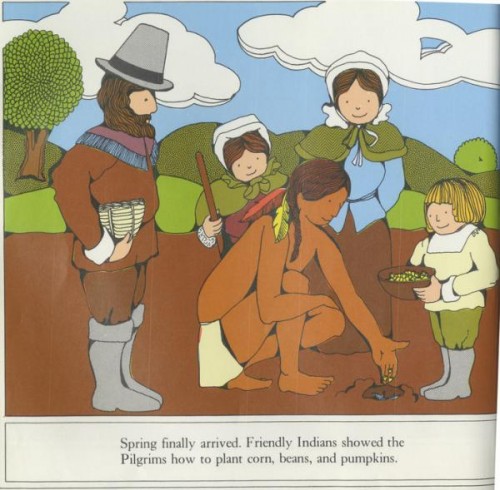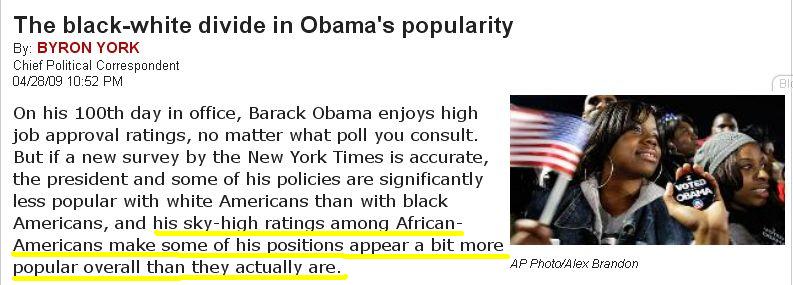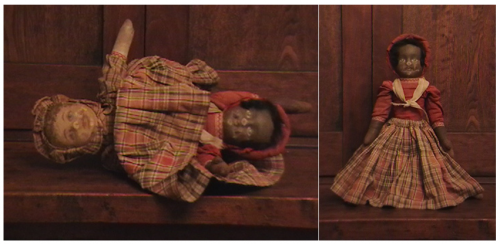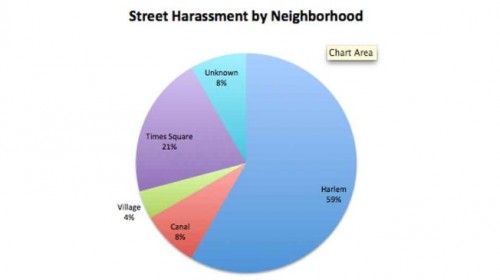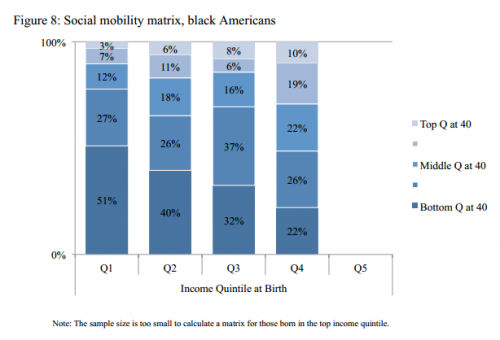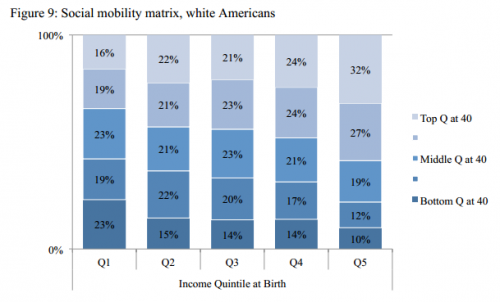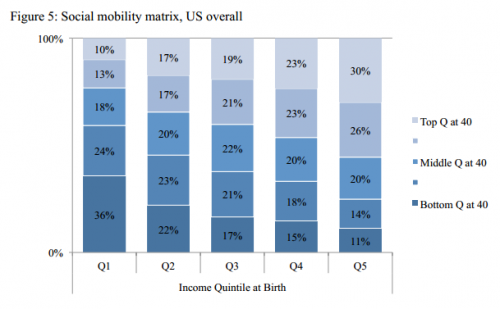In the 5min speech below, Malcolm X makes an argument in favor of violence when violence is called for.
Excerpts:
We are peaceful people, we are loving people. We love everybody who loves us. But we don’t love anybody who doesn’t love us. We’re nonviolent with people who are nonviolent with us. But we are not nonviolent with anyone who is violent with us.
…
Whatever kind of action program can be devised to get us the thing that are ours by right, then I’m for that action no matter what the action is.
I don’t think when a man is being criminally treated, that some criminal has the right to tell that man what tactics to use to get the criminal off his back. When a criminal starts misusing me, I’m going to use whatever necessary to get that criminal off my back.
And the injustice that has been inflicted on Negros in this country by Uncle Sam is criminal…
Watch:

